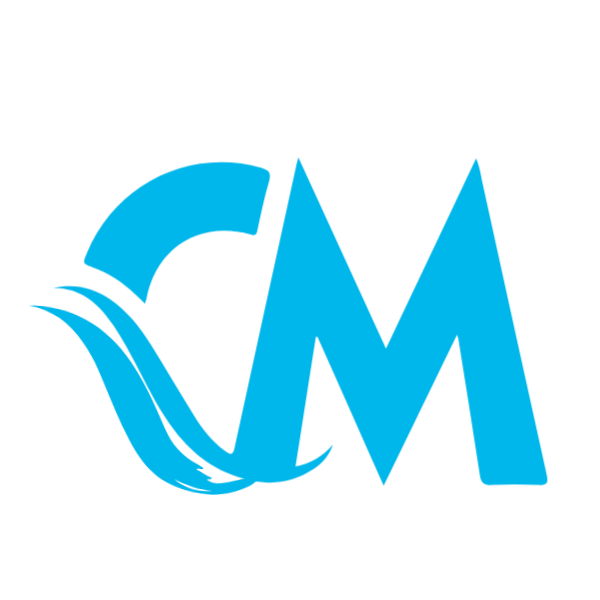INSTRUCTIONAL DESIGN PROJECT
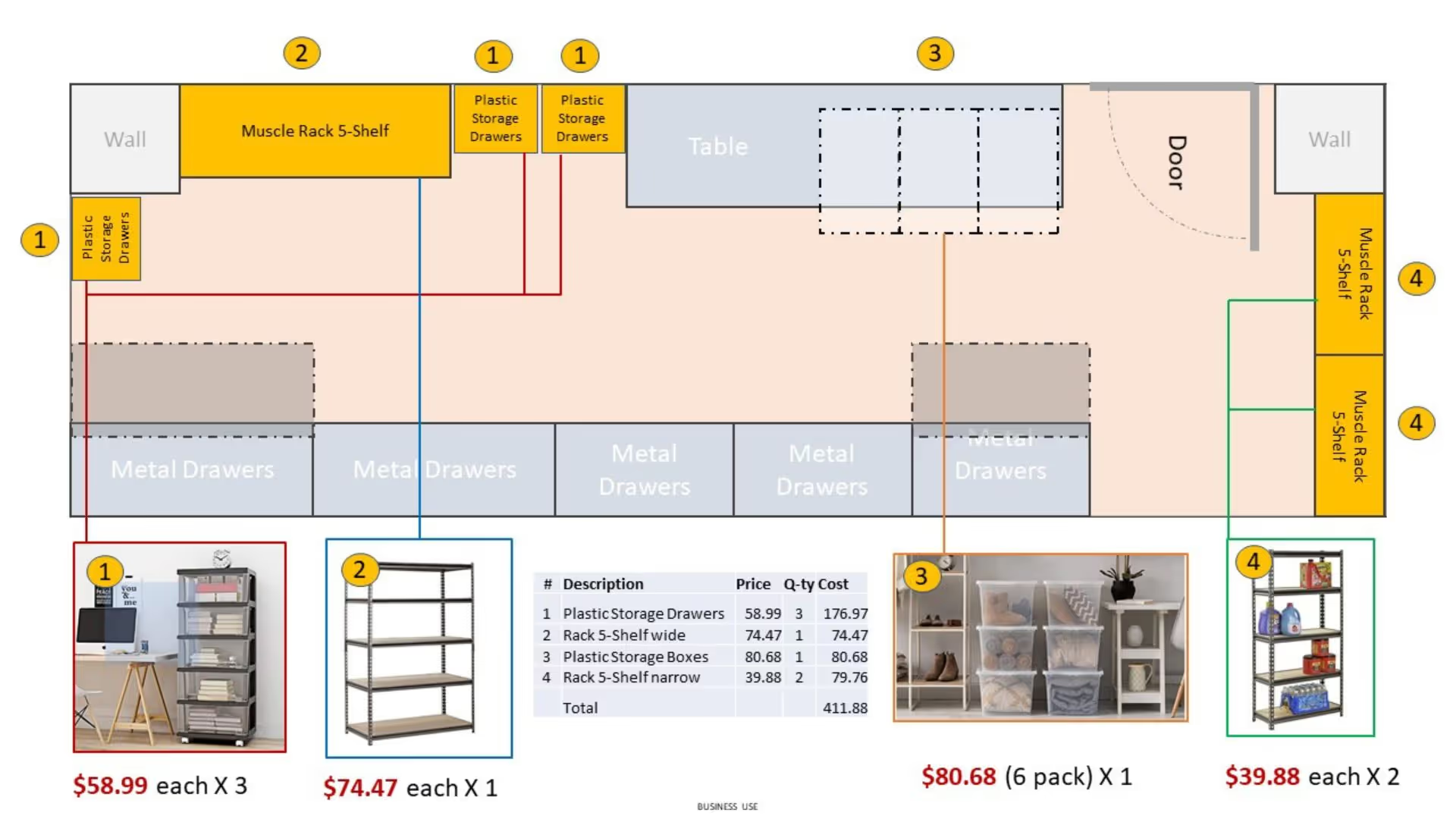
Instructional Design Project - Quick Guides and Manuals for more efficient onboarding
Led an instructional design project at CSL to create structured quick guides and manuals for HR onboarding, reducing repetitive training, preserving institutional knowledge, and improving role transitions within the team. The initiative optimized learning efficiency and ensured a more self-sufficient HR department.
- Training & Development
- Instructional Design
- Employee Engagement & Retention
- Process Improvement
1. Background & Context
When I was promoted from TA Coordinator to HR Generalist, I faced the challenge of training a new TA Coordinator to backfill my previous role. The traditional one-on-one training approach required repeated explanations and extensive supervision, which was not only time-consuming but also inefficient for long-term knowledge retention.
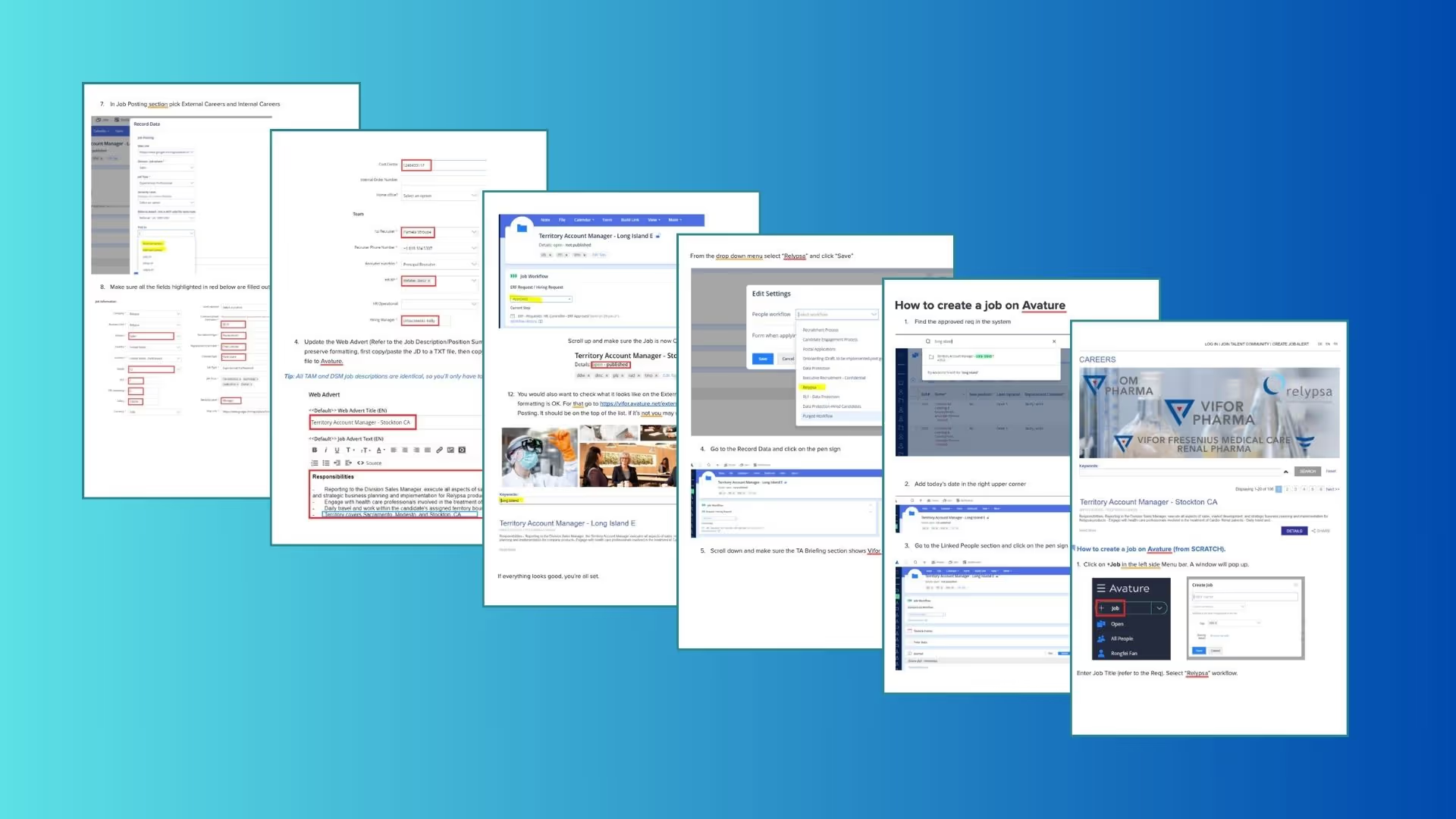

2. Objectives
The project was designed to:
- Optimize cross-functional training and improve role substitution within the HR department
- Preserve institutional knowledge through standardized, visual training materials
- Enhance the onboarding process with clear, easy-to-follow guides that facilitate self-paced learning.

3. Scope & Stakeholders
This initiative involved creating a comprehensive set of instructional materials and quick guides covering key TA Coordinator functions. The primary stakeholders included:
- New Hires
- HR Team
- Management
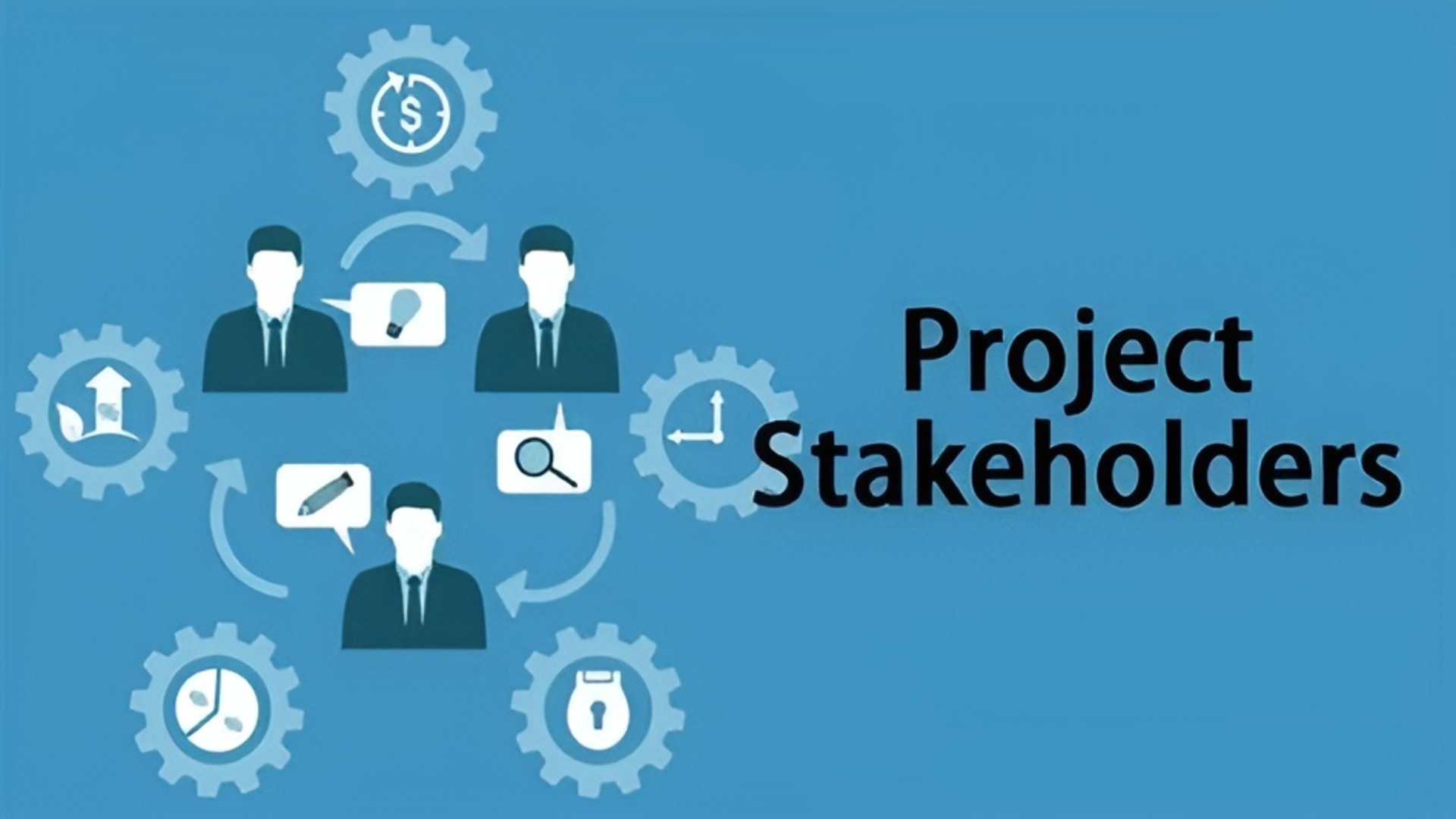

4. Approach & Methodology
I developed a suite of training guides featuring detailed instructions, screenshots, and interactive tables of contents to simplify complex processes. Key components of the project included:
-
Developing Detailed Guides:
-
Created manuals for processes such as the Recruiting Coordinator Process Map, FedEx label creation, posting requisitions on CalJobs, and managing requisitions in the Avature ATS
-
Structured Onboarding Calendar:
-
Incorporated these guides into a comprehensive orientation and onboarding plan that outlined specific training activities over a structured timeline
-
Visual Learning:
-
Emphasized visual elements to reduce repetitive training sessions and to provide a self-sufficient resource for new and existing team members.

5. Results & Impact
The instructional materials significantly improved the training process by:
- Reducing the need for repetitive one-on-one training sessions
- Ensuring a smooth transition for new hires by providing clear, accessible information
- Preserving critical departmental knowledge for current and future HR team members
- Enhancing overall efficiency in cross-functional training and role interchangeability, ultimately contributing to a more agile and self-sufficient HR department
-
Training Time Reduction:
-
30% decrease in the average time required to onboard and train new TA Coordinators.
-
Error Reduction:
-
Reduction in onboarding-related errors due to clearer documentation (50% fewer errors in requisition postings).
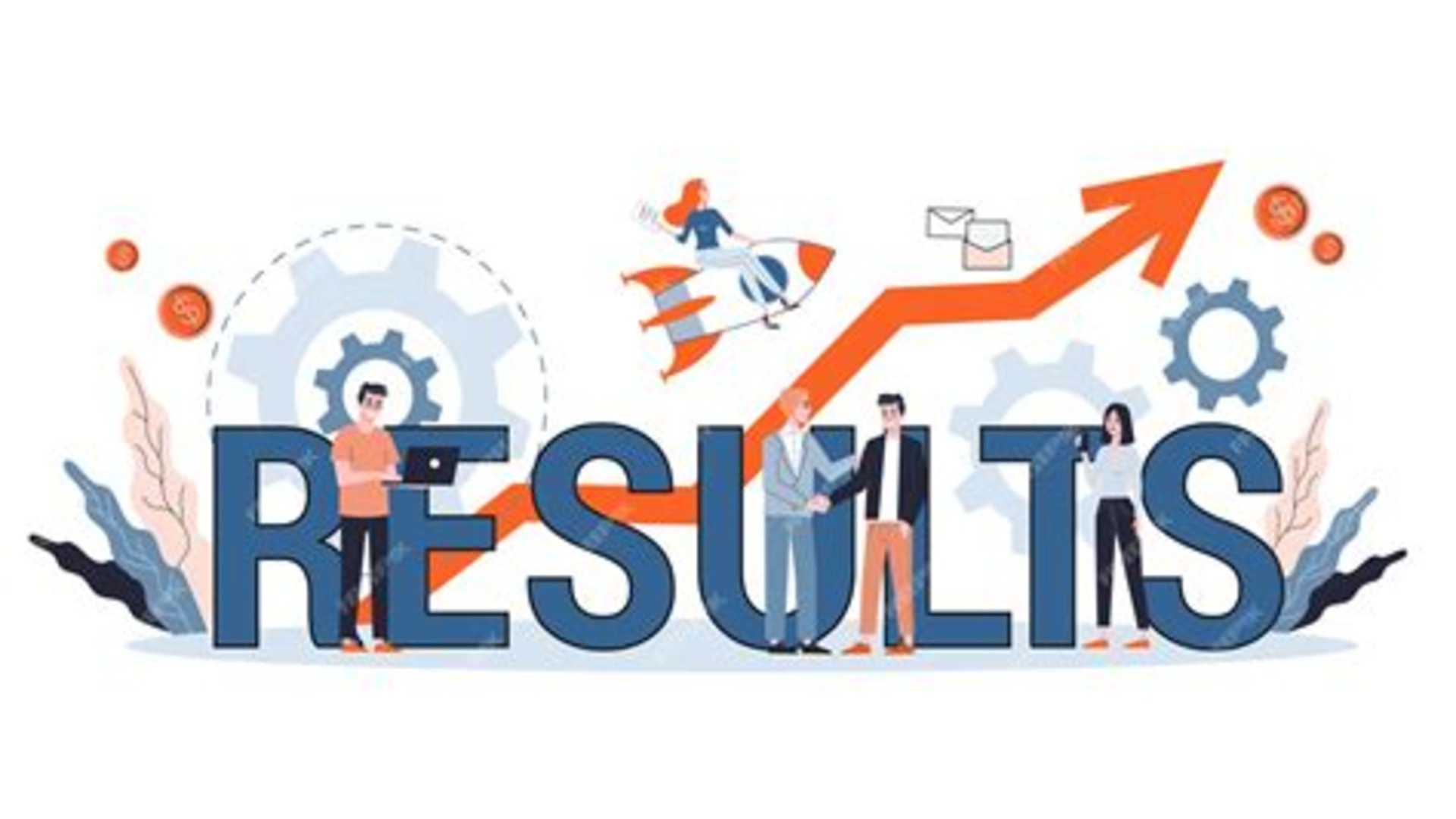
© Copyright 2025 - HR PORTFOLIO - Developed by Daniel Munene - All Rights Reserved
danielmunene.com